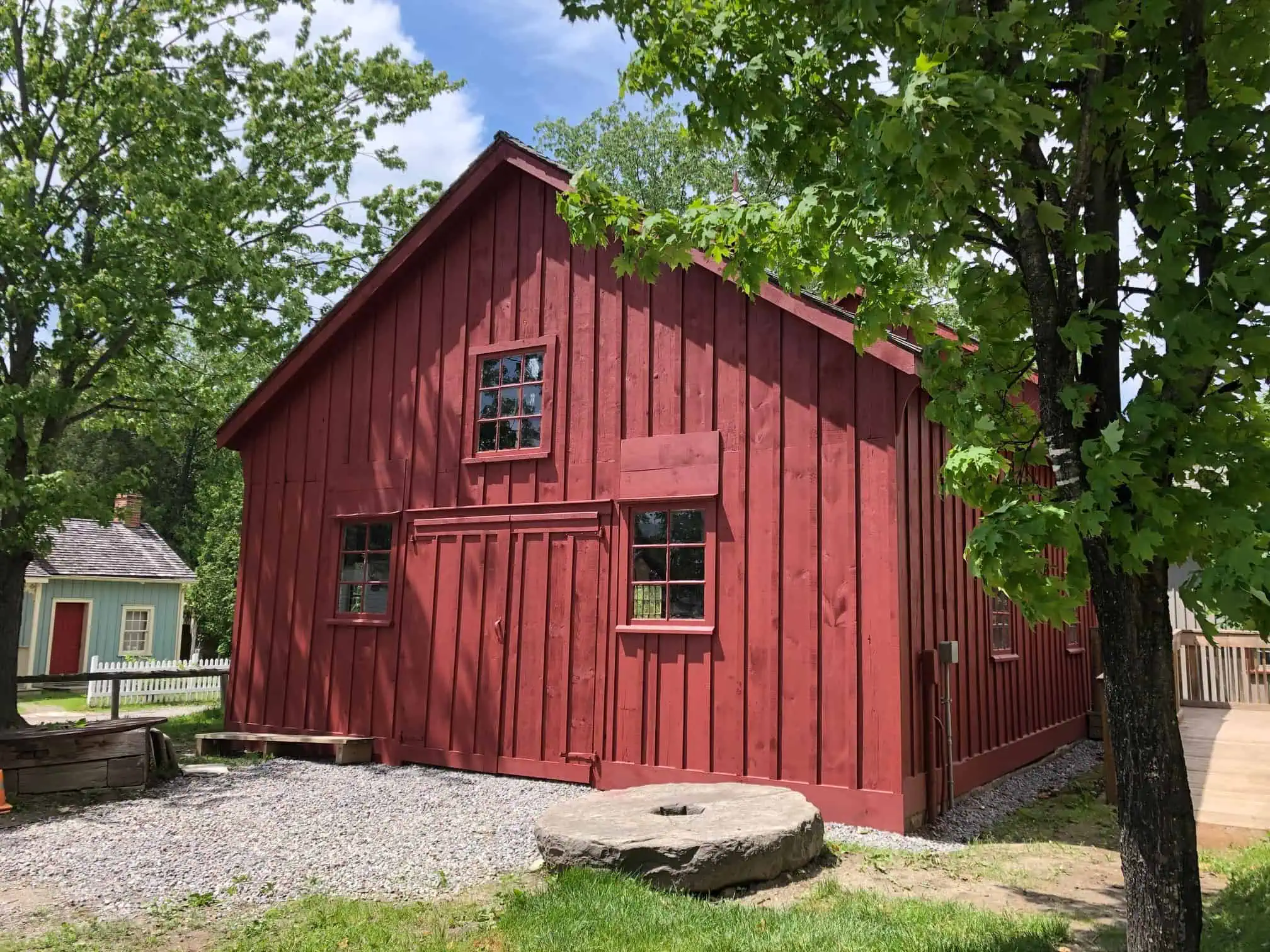Roots to Rebellion exhibit at Pickering Museum Village now open
Published August 28, 2024 at 9:27 am

An exhibit at Pickering Museum Village that showcases Pickering in the 1830s from the perspective of Millie, a fictional young girl whose family came to Canada via the Underground Railroad, is now open
Roots to Rebellion, a hands-on exhibit which had its grand opening August 16, brings to life the often hard life – especially if you were a person of colour – experienced in Pickering Township in the 1830s.
As Millie guides guests through the newly renovated Log House and Log Barn in Pickering Museum Village, her story helps shine a light on the harsh realities and profound injustices faced by early Black residents in the early days of Pickering.
Visitors can explore two historic buildings – the Log House and the Log Barn – where they can immerse themselves in early settlement activities and discover the rich Black history of Upper Canada. Audiences will be guided through the exhibit by Millie, and her stories and the activities in the exhibit will illuminate the injustices faced by early settlers and those who came to Ontario escaping slavery in the south.

Exhibit guests will also learn about the Abolition Act of 1834, Pickering’s role in the Upper Canadian Rebellion of 1837 and the impact these historical events had on the community.
Visitors will experience early settlement duties such as plowing, stump pulling, and fence building through the interior and exterior exhibit elements. Through augmented reality, text panels, and activities, visitors will understand the causes of the rebellion, the major players, Pickering’s role, and the aftermath, as explained by Millie. While learning, visitors can try their hand at various household chores, experiencing life in an 1830s household.
A wagon, created by Georgia Fullerton, a Jamaican-Canadian visual artist, expressive arts therapist, arts educator, and public speaker who lives in Ajax, is installed outside of the Log Barn will serve as the entranceway to the exhibit.
Fullerton explores the wagon and its historical importance as a vehicle of change in the experience of early Black settlers in the 1800s. The wagon serves as a metaphor for the emotional, mental, and physical transformation experienced by Black people.






